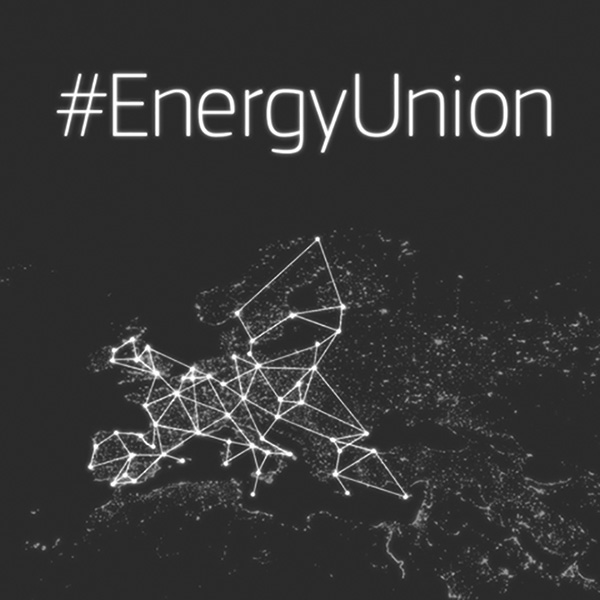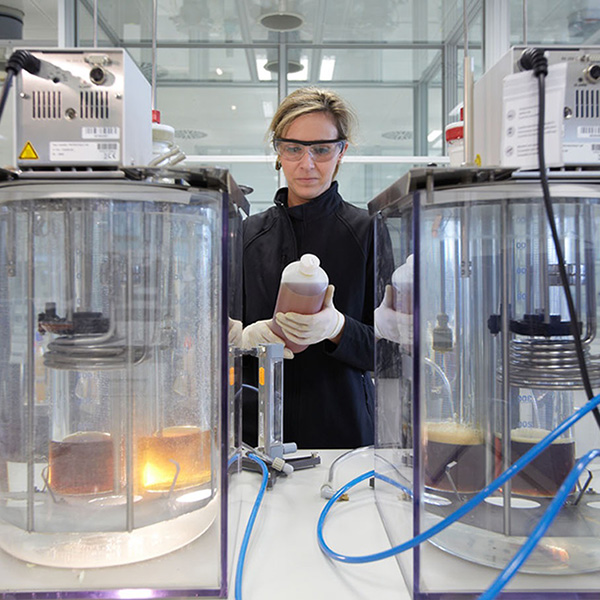In Europe, EU leaders agreed on 23 October 2014 the domestic 2030 greenhouse gas reduction target of at least 40% compared to 1990 together with the other main building blocks of the 2030 policy framework for climate and energy, as proposed by the European Commission in January 2014. This 2030 policy framework aims to make the European Union’s economy and energy system more competitive, secure and sustainable and also sets a target of at least 27% for renewable energy and energy savings by 2030.
While the EU, as a whole, is making good progress towards meeting its climate and energy targets for 2020 (link), an integrated policy framework for the period up to 2030 is needed to ensure regulatory certainty for investors and a coordinated approach among EU Member States.
On 23 October 2014, EU leaders agreed on:
- Reducing greenhouse gas emissions by at least 40% below the 1990 level by 2030: To achieve the overall 40% target, the sectors covered by the EU emissions trading system (EU ETS) would have to reduce their emissions by 43% compared to 2005. Emissions from sectors outside the EU ETS would need to be cut by 30% below the 2005 level. This will need to be translated into Member State targets. The European Council has outlined the main principles to achieve this.
- Increasing the share of renewable energy to at least 27%: Renewable energy will play a key role in the transition towards a competitive, secure and sustainable energy system. The Commission proposed an objective of increasing the share of renewable energy to at least 27% of the EU’s energy consumption by 2030. The European Council endorsed this target which is binding at EU level.
- Increasing energy efficiency by at least 27%: The European Council endorsed an indicative target of 27% to be reviewed in 2020 having in mind a 30% target.
The framework presented will drive continued progress towards a low-carbon economy. It aims to build a competitive and secure energy system that ensures affordable energy for all consumers, increases the security of the EU’s energy supplies, reduces our dependence on energy imports and creates new opportunities for growth and jobs. At the time of writing, the discussion on how Member States will achieve their respective 2030 targets is still on-going. Benefits of using the generation of solar thermal electricity from concentrated solar power plants enable Europe to increase the share of renewable energy towards reaching more than 27% and contributing 45-60% to the energy mix in Europe by 2030. Due to its storage and its system friendly thermal generation unit, concentrating solar power is not only easy to integrate but can also facilitate the integration of more intermittent renewables. The European Council has also set the goal of achieving 15% interconnection capacity and emphasized the need for the full implementation of the internal electricity market. This will make it possible for the whole European continent to benefit from sustainable and manageable STE electricity.
The further development of STE in Europe depends on a number of factors. The first projects realized in Europe based on smart feed-in tariffs were no doubt a technical and economic success both in terms of technology achievements and positive impacts on the European economy, much beyond the Spanish boarders.
In order to preserve and take further advantage of this European technology leadership, a stable green pricing as well as incentives to ease the needed investments and to realize the full cost reduction potential is needed.
In other words, a clear STE development program is needed especially in those EU Members States offering a good potential for the solar resource that already had included STE in their respective National Renewable Energy Action Plans (i.e. Portugal, Spain, France, Italy, Cyprus, Greece).
This would achieve via a decent market volume several main objectives for Europe:
- Job creation and business opportunities for the European industry
- A positive impact on GDP and contribution to energy independence
- A substantial cost reduction of the CSP technology making a reliable integration into the European power system of even more wind and photovoltaic generation triggered by their respective advanced price level and market volumes.
As true it is that Europe is not the region where the most important development of STE is expected, Europe industry remains still the technology leader for this technology.
Today, there is a historical opportunity to keep this industrial leadership in Europe, amid of a fierce worldwide competition about market shows on the STE boom.
The forecasted market projection in 2030 would mean 1000 MW to be installed each year from 2015 on. While on the one hand, this sounds like an underestimate from a long-term perspective, on the other hand, this cannot be achieved in the short-term, primarily due to the existing generation overcapacities in southern Europe.
The governments of the relevant Member States of the European Union, with an increased supporting role of the European Commission, must now put the measures in place to usher in the maximum amount of concentrating solar power possible. Together with other renewable resources like wind, solar PV, geothermal, wave and sustainable forms of bioenergy, this technology has a major role to play in the global energy transition in order to prevent a catastrophic climate change.
This is also why the most suitable way to deploy CSP in Europe is to make use of the Cooperation Mechanisms foreseen in the RES Directive 2009/28/EC, before the obsolete polluting coal power plants must be closed and even before reaching the end of the operational lifetime of nuclear units – following the German example.
Finally, the above mentioned measures should be strengthened by a strong research and development effort under major participation of EU institutions, especially within the framework of Horizon 2020.











